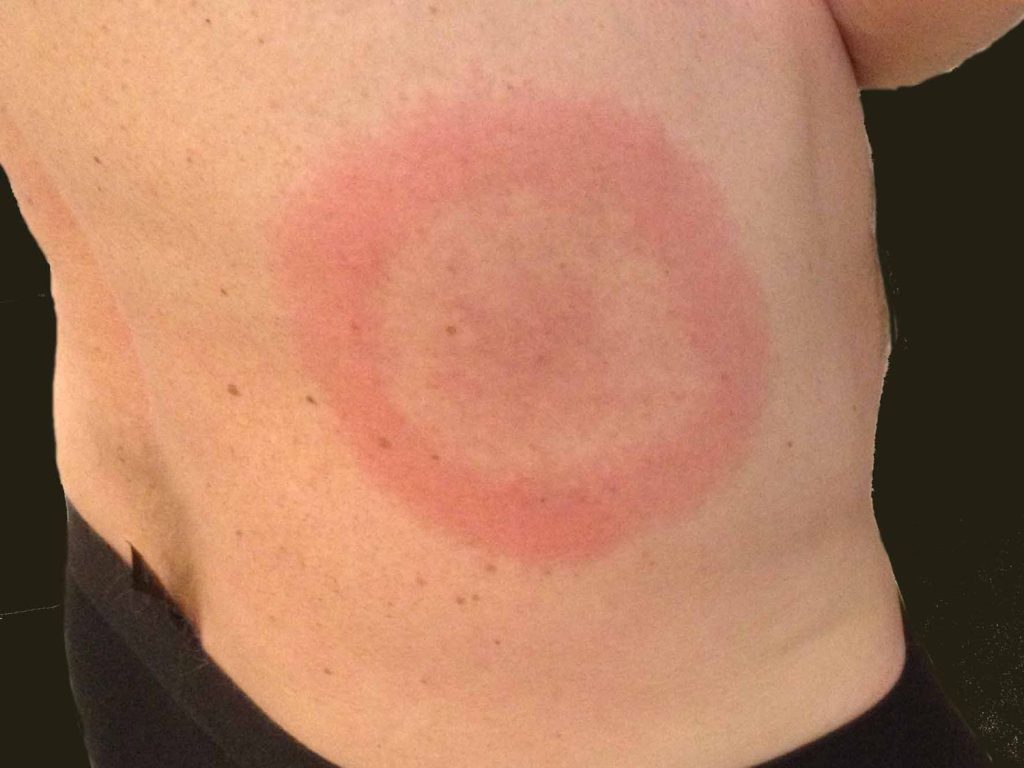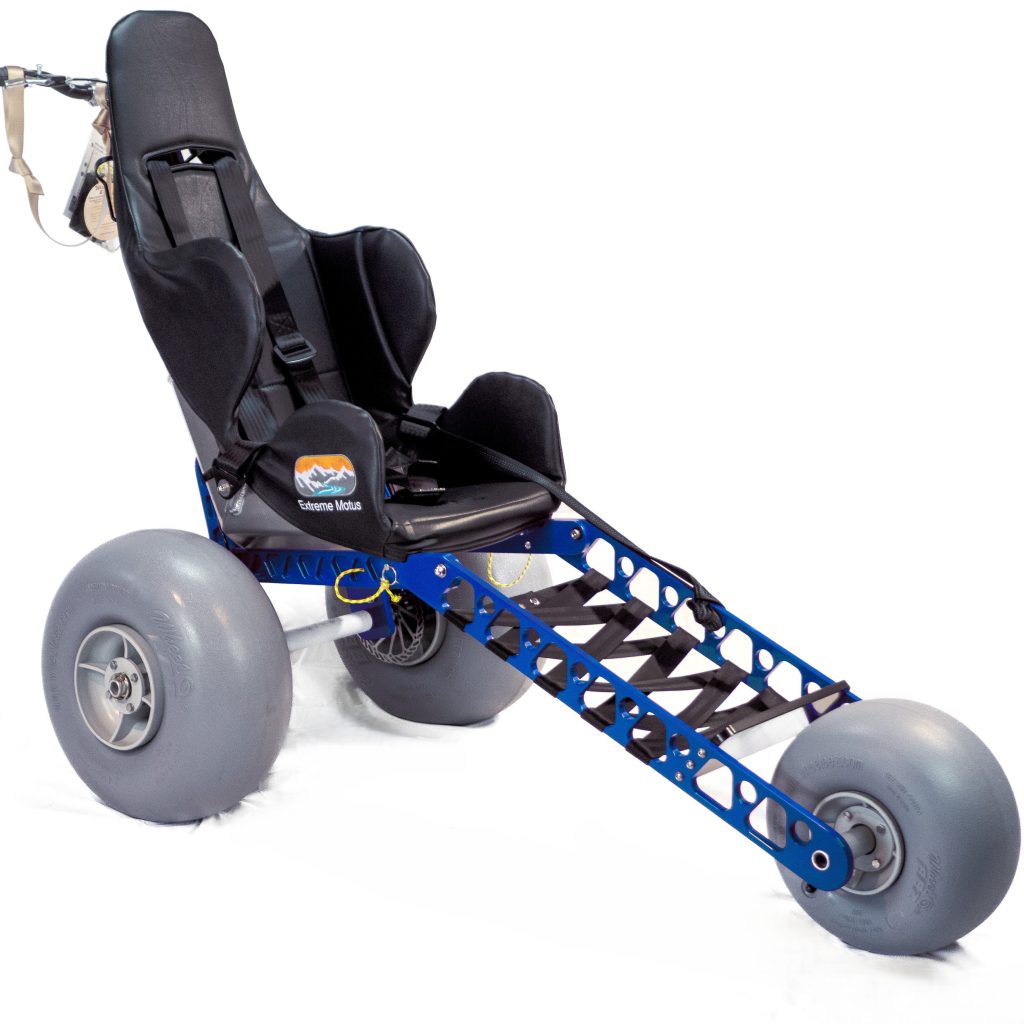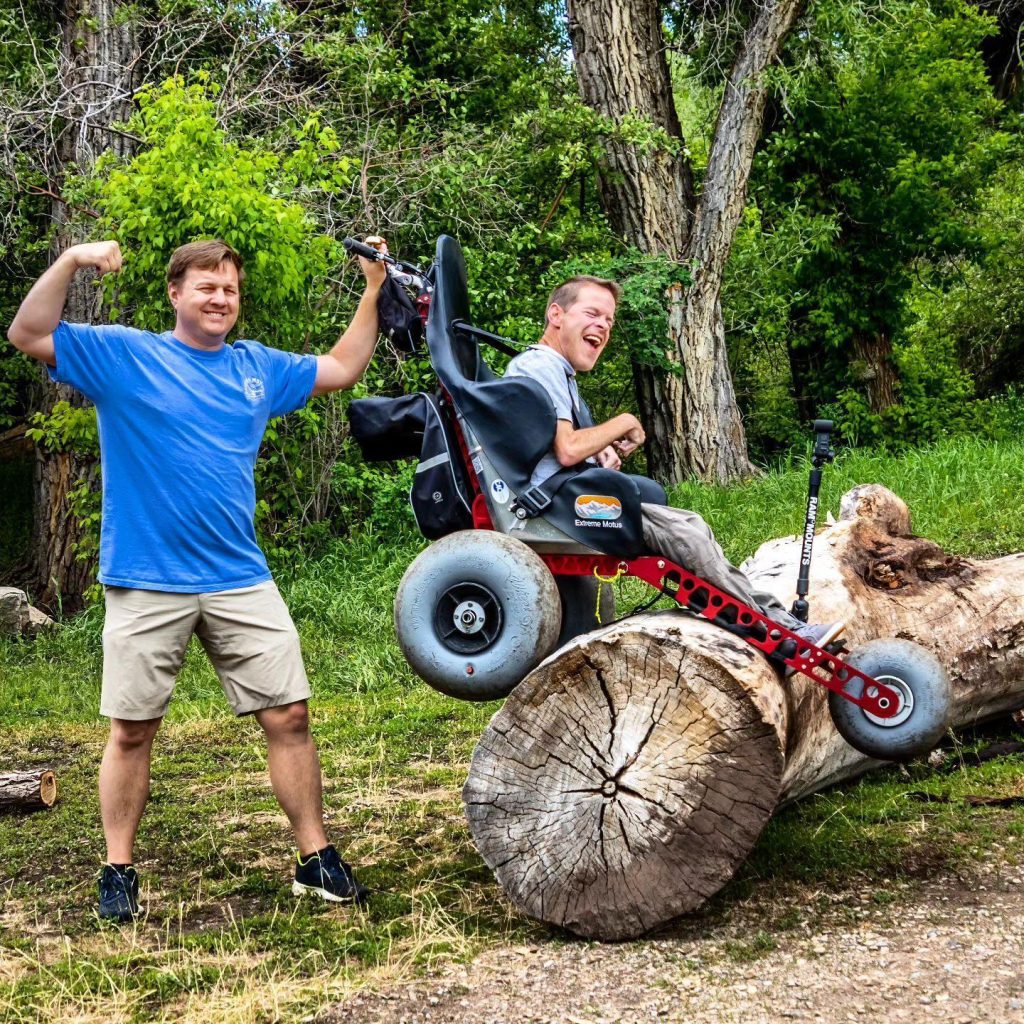7 Ways Lyme Disease Impacts the Nervous System
Lyme disease is often dismissed as a minor tick-borne illness, but its effects can be devastating—especially when it infiltrates the nervous system. Those suffering from neurological Lyme disease can experience severe symptoms, including paralysis, cognitive dysfunction, and chronic pain. In the most extreme cases, individuals may require wheelchairs to maintain mobility.
This article explores the causes, prevalence, neurological impact, treatments, family effects, and the importance of outdoor therapy. We’ll also discuss how the Extreme Motus All-Terrain Wheelchair can help individuals regain their freedom in nature.
1. The Hidden Cause Behind Lyme Disease
Lyme disease is caused by the bacterium Borrelia burgdorferi, transmitted through the bite of an infected black-legged tick, also known as a deer tick. When left untreated, the bacteria spread throughout the body, attacking the joints, heart, and nervous system.
Once the nervous system is involved, the disease can lead to neurological Lyme disease, also called neuroborreliosis. This occurs when the bacteria cross the blood-brain barrier, causing inflammation and significant nerve damage.
How Do People Get Lyme Disease?
Ticks live in wooded and grassy areas and can attach to humans or animals. A tick bite often goes unnoticed because ticks secrete an anesthetic that numbs the bite area. If an infected tick remains attached for over 36 hours, the risk of contracting Lyme disease increases significantly.
2. How Many People Are Affected?
Lyme disease is more common than many realize. Each year, approximately 476,000 people in the U.S. are diagnosed with Lyme disease, according to the CDC. While many recover with antibiotics, 10-20% develop long-term symptoms that impact daily life.
Neurological symptoms are more likely in cases where Lyme disease is not diagnosed early or if treatment is delayed. Many cases go undiagnosed due to false-negative test results or misdiagnosis, leading to prolonged suffering and increased damage to the nervous system.
3. The Devastating Neurological Impact
Neurological Lyme disease can mimic conditions such as multiple sclerosis (MS), Parkinson’s disease, and ALS, making diagnosis even more challenging. Some of the most severe neurological symptoms include:
- Neuropathy (nerve damage) – Causes numbness, tingling, and burning sensations in the limbs.
- Bell’s palsy (facial paralysis) – Partial or complete paralysis of the face.
- Cognitive dysfunction (Lyme brain fog) – Memory loss, difficulty concentrating, and confusion.
- Severe fatigue – Debilitating exhaustion that makes daily activities difficult.
- Seizures and tremors – In extreme cases, individuals experience convulsions and involuntary muscle movements.
- Mobility issues and paralysis – Some patients lose the ability to walk and require wheelchairs for mobility.
Because these symptoms overlap with other neurological disorders, many patients undergo years of testing before receiving an accurate diagnosis.

4. Treatments: Is There a Cure?
There is no guaranteed cure for Lyme disease once it reaches the chronic stage. However, treatment can help manage symptoms and improve quality of life. The most common treatments include:
- Antibiotics – Intravenous (IV) or oral antibiotics are the first line of defense.
- Physical therapy – Helps restore muscle function and improve mobility.
- Cognitive therapy – Beneficial for memory, focus, and mental clarity.
- Pain management – Includes medications, acupuncture, and alternative therapies.
- Diet and lifestyle changes – Anti-inflammatory diets and immune-boosting regimens can help.
For those with severe neurological damage, long-term rehabilitation and mobility aids may be necessary.
5. The Emotional Toll on Families
Lyme disease doesn’t just affect the patient—it deeply impacts their loved ones. Family members often become caregivers, watching as their loved one battles pain, fatigue, and cognitive struggles. The uncertainty surrounding Lyme disease can lead to:
- Emotional strain – Feelings of frustration, hopelessness, and anxiety.
- Financial burden – Treatment costs, lost income, and medical expenses add up.
- Social isolation – Many Lyme sufferers and their families withdraw from social activities.
Support groups and therapy can help families navigate these challenges together.
6. Why Outdoor Time is Critical for Lyme Patients
Despite the risks associated with tick exposure, spending time outdoors is essential for both physical and mental health. The benefits of outdoor therapy include:
- Boosting serotonin levels – Fresh air and sunlight help combat depression and anxiety.
- Improving muscle strength – Walking or engaging in outdoor activities helps prevent muscle atrophy.
- Enhancing circulation – Movement and fresh air promote better oxygen flow, which can help reduce neurological symptoms.
- Providing a sense of freedom – Many Lyme patients feel trapped by their illness; being outdoors offers a break from isolation.
However, mobility issues can make outdoor access difficult—which is where specialized wheelchairs come in.
7. How an All-Terrain Wheelchair Restores Freedom
For individuals with severe neurological Lyme disease, a traditional wheelchair isn’t enough. Uneven terrain, hiking trails, and sandy beaches become inaccessible without the right equipment.
The Extreme Motus All-Terrain Wheelchair is designed to help individuals explore the outdoors with ease. Key features include:
- Lightweight aluminum frame – Easier to maneuver and transport.
- Shock-absorbing wheels – Handles rough, uneven terrain without discomfort.
- Elevated seating – Keeps the user above dirt and mud for a cleaner ride.
- Easy push or self-propel options – Provides independence for users and caregivers alike.
How Does the Extreme Motus Wheelchair Help Lyme Patients?

For those suffering from Lyme-related mobility issues, this wheelchair can:
- Allow access to outdoor trails and parks
- Provide physical therapy through movement
- Improve mental health by reconnecting with nature
- Promote social interaction and adventure
Final Thoughts
Neurological Lyme disease is a life-altering condition that affects thousands of individuals and their families every year. The journey is challenging, but not hopeless. With the right treatments, emotional support, and adaptive tools like the Extreme Motus All-Terrain Wheelchair, Lyme patients can reclaim their independence and reconnect with nature.
If you or a loved one is battling Lyme disease, consider exploring mobility solutions and outdoor therapy to enhance overall well-being. Nature is healing—don’t let Lyme disease take that away from you.
Every year, more families discover the freedom these chairs create—this Black Friday, demand is already building fast. By joining the early-access list, you secure your chance to order before the sale goes public on November 28, 2025.
Since 2019, Sam and Ryan have been demonstrating that nature is wheelchair accessible with the Extreme Motus All Terrain Wheelchair. From National Parks to Skateparks, their adventures prove that a manual off-road wheelchair can offer laughter and joy while navigating diverse terrains.
Join us as we continue to share these inspiring journeys.

Light, comfortable, and compact, the Extreme Motus glides over sand, rocks, grass, gravel, and even floats in water.
It’s more than a outdoor wheelchair; it’s your ticket to freedom. Embrace the outdoors with confidence, knowing our off-road wheelchair is engineered for durability and ease of use.
Be the first to hear about new gear, upcoming adventures, and exclusive offers. As a welcome gift, enjoy $10 off your first Motus T-Shirt when you subscribe.
By subscribing you agree to receive marketing communications from Extreme Motus, including product updates, promotions, and special offers. I understand I can unsubscribe at any time.



